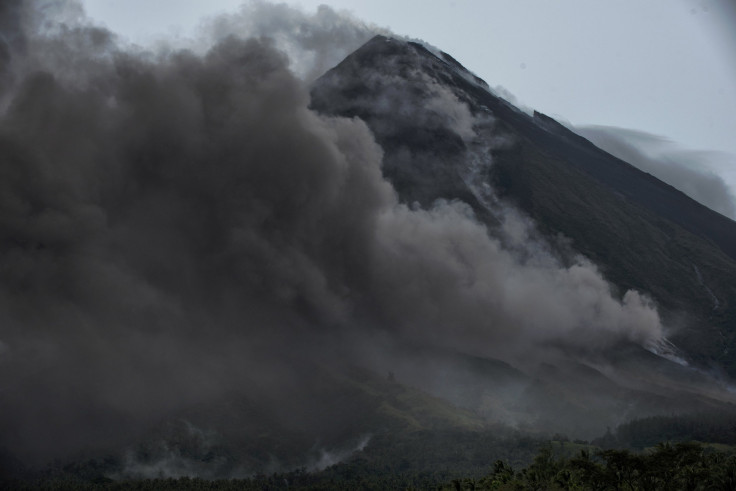Underwater 'Mordor' Discovered Off Australia Sheds Light On Submarine Eruptions

A region consisting of submarine volcanoes, which looks similar to the fictional Mordor from the “Lord of the Ring” series, was discovered beneath the sea south of Australia by researchers.
The discovery was made by a team of researchers from the University of Aberdeen, Scotland, the University of Adelaide, Australia, and the Commonwealth Scientific and Industrial Research Organization (CSIRO), Australia.
According to a report on the site of University of Aberdeen, the volcanic area was similar to Mordor because of its ragged peaks and outcrops there were never seen until now. The research team used a new 3-D seismic reflection data to map the area, which lies deep beneath the sediment on the sea floor, the report stated.
The research team discovered 26 ancient and buried lava flows, which are 34 kms in length and 15 kms in width. Along with the lava flows, multiple ancient volcanoes with heights up to 625 meters were also discovered. Volcanic eruptions, which took place around 35 million years ago, resulted in the creation of such a landscape, the report said.
Dr. Nick Schofield, one of the members of the research team from the University of Aberdeen’s School of Geosciences, said, “By using data acquired as part of oil exploration efforts, we have been able to map these ancient lava flows in unprecedented detail, revealing a spectacular volcanic landscape that bring to mind illustrations from Lord of the Rings.”
“Submarine lava flows are inherently more difficult to study than their counterparts on the Earth’s surface due to their inaccessibility, and the technology we have used is similar in many ways to what is used to produce ultrasound images of babies, but for the Earth,” continued Schofield. “By using this technique, we have a unique insight into a landscape that has remained hidden for millions of years, highlighting the growing importance of seismic data in studying submarine volcanism.”
According to a report by Live Science, the study of the “Tolkienesque” area was published in the Nov. 2017 journal titled, “Geochemistry, Geophysics, Geosystems” by the American Geophysical Union.
In the study, the researchers stated the volcanoes occurred approximately 33 to 50 million years ago and that they took place in the Eocene era. The study also stated lava flows, which surrounded the volcanoes known as the Bight Basin Igneous Complex, were most probably created due to an eruption that occurred under the sea around 35 million years ago.
The lava flows divided into pathways and got into plateaus and trenches and were also spread into “islands” of hardened lava, which are elliptically shaped. These submerged islands were compared to the ones on land known as “kipukas,” which are empty hills and plots of land that are a bit elevated and get completely surrounded by the lava after a volcanic eruption.
The study also stated the discovered features were never before detected in any previous data related to underwater seismic activities and that the findings will now give the researchers a new perception towards the behavior of submarine volcanic eruptions.
© Copyright IBTimes 2024. All rights reserved.






















